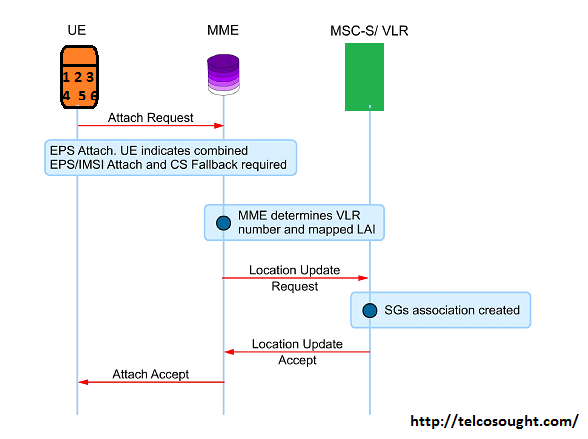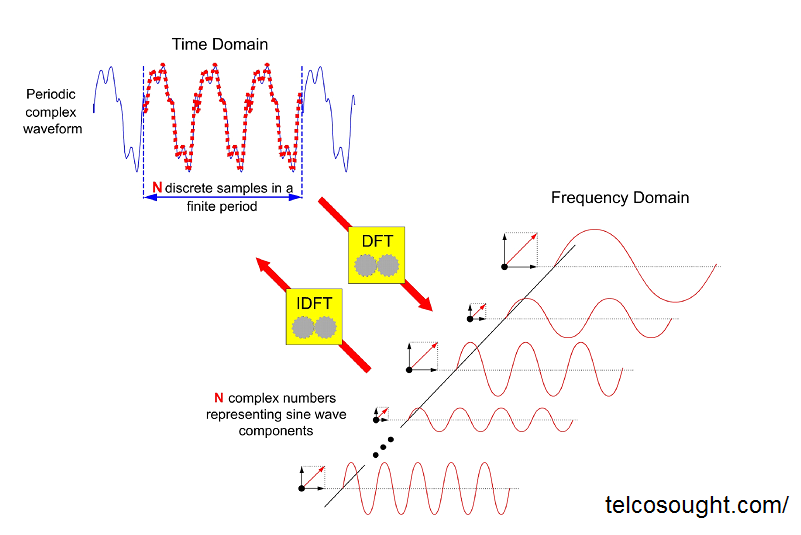EPS bearer IMS Registration & CS Fallback
In this eps bearer article, we learn on the topic of eps bearer IMS registration. EPS bearer default installed, the UE is able to register services using the IMS as long as the PLMN uses an IMS and can be reached through its default APN. And EPS bearer default installed, the UE is able to register services using the IMS as long as the PLMN uses an IMS and can be reached through its default APN.
EPS bearer IMS Registration
With an EPS bearer default installed, the UE is able to register services using the IMS as long as the PLMN uses an IMS and can be reached through its default APN. But before the UE is able to register to the IMS it has to first complete P-CSCF discovery. This could be done in the attachment process in the event that an IP address for the local P-CSCF is provided by the PDN-GW after an default bearer has been created. Or it is possible that the UE could need to launch an independent P-CSCF discovery query. After a local PCSCF is discovered, the UE may send a SIP Register message.
In non-roaming circumstances, the P-CSCF is able to query HSS directly. HSS directly to identify the subscriber’s S-CSCF. If roaming is required, the P-CSCF being visited has to forward the query to one of the I-CSCF as well as an S-CSCF within the home network of the subscriber to take the action.
This Register message which contains information such as the name/address of the P-CSCF, privacy identity, and the IP address of the user is then sent to the correct S-CSCF. “Appropriate” refers to an S-CSCF with accessibility to AS (Application Server) or ASs that manage services to which the user is signed up. If a particular S-CSCF doesn’t support connectivity to all the necessary ASs it will be required to connect that UE using more than one of the S-CSCFs. The S-CSCF changes the HSS to reflect the new UE status, and it responds to the HSS responds with information about the platforms for service control that are associated with the subscription to services.
The S-CSCF offers the necessary registration details to the list of service control platforms identified by the HSS. This allows for the UE to be accessible for the subscribed services of the user. The SIP 200 OK confirms the registration. This message gets transmitted by S-CSCF to S-CSCF through the P-CSCF and later on to the UE after which the UE is considered to be fully operational and available to IMS services.
EPS bearer CS Fallback Attach.

If there is a UE and the network support CS Fallback, the UE will ask for CS Fallback registration during the attach process. The service will be accessible in areas that have overlap between E-UTRAN or GERAN/UTRAN coverage.
The Attach Request message that has the attach Type set to EPS/IMSI attach as well as an CS Fallback enabled flag is transmitted via the MME. This triggers the combined attach process within the MME. The MME will calculate its number from VLR VLR accountable for the location Area which is linked to the actual Tracking Area. The information is part of the databuild for the MME and is not dynamically accessible. The MME makes use of the SGs interface. It is an improved form of Gs interface that allows the ability to connect with older SGSNs as well as MSCs.
The MME forwards an update to the MSC/MSC-Server , causing the MSC/MSC-Server create an SGs association with the UE. The MSC/MSC Server confirms the Attach by sending an Accept Location Update then it confirms the Attach to the UE. MME accepts and confirms that the attachment has been accepted by the UE with an Accept message.
Also Read this topic:-




